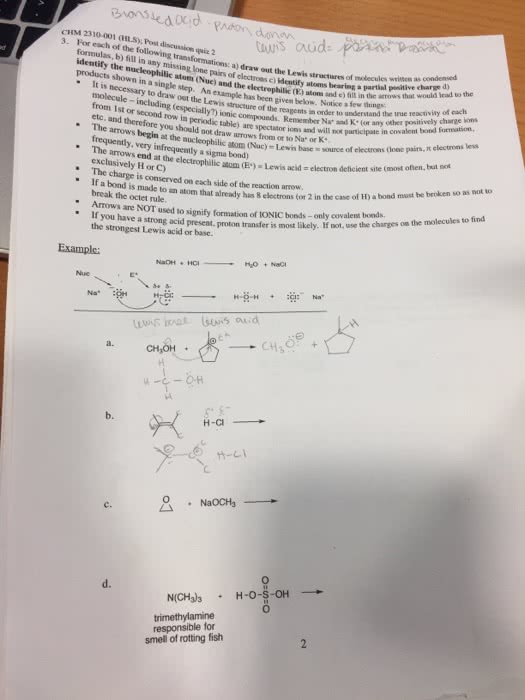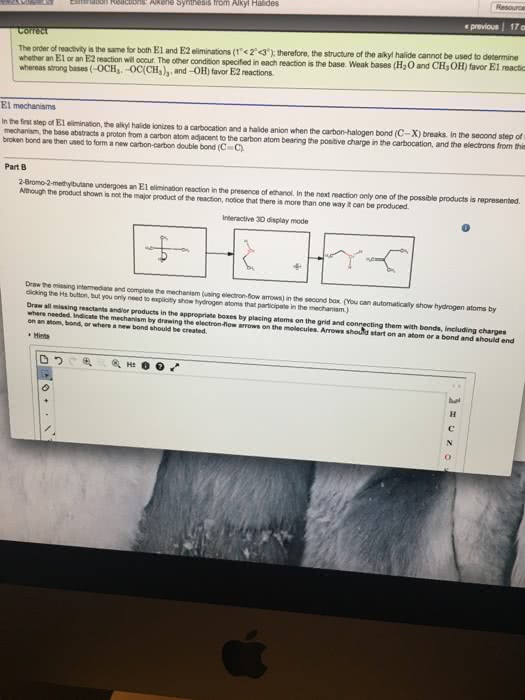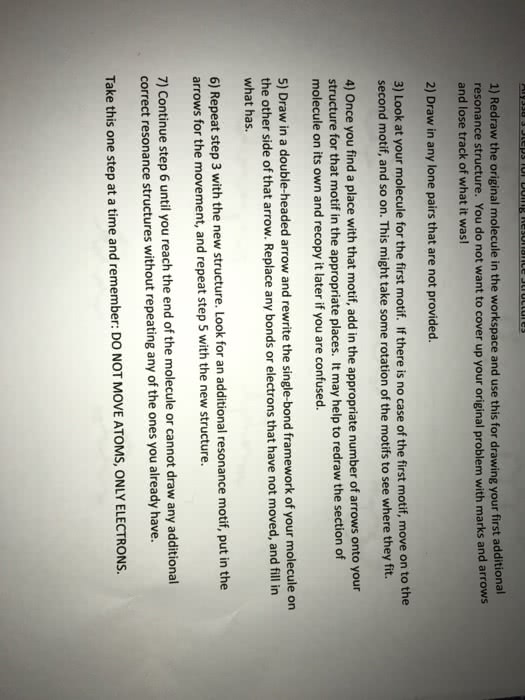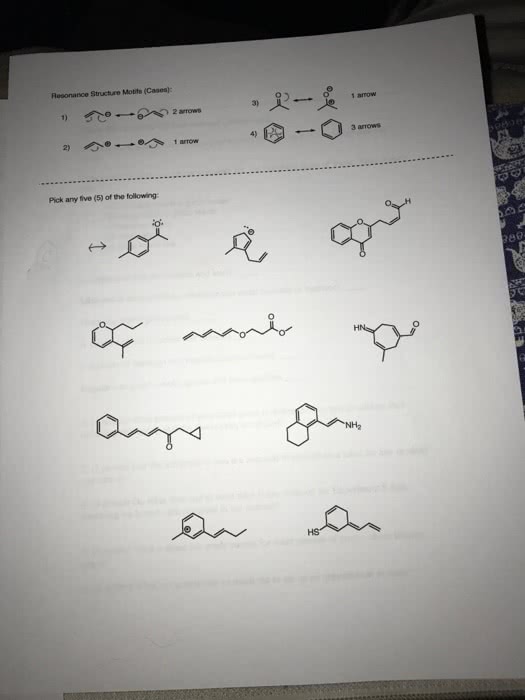CHEM 281 Study Guide - Midterm Guide: Electronegativity, Substitution Reaction, Rate-Determining Step
Document Summary
Nucleophile: electron poor atoms want to accept electrons through the formation of a new bond. The fluoride anion (f-) is much smaller than iodide (i-) and has a much larger charge/size ratio. In solution, the fluoride anion will be solvated to a greater extent than iodide. This solvation blocks it from sharing electrons (or reacting) with an electrophile. We must also consider polarizability or ease with which electrons can be delocalized over the surface of an atom. Why would a bond break: bond is weak see table for bond strengths. 51: the group that leaves in order to allow the carbon to accommodate a new bond (aka the leaving group) must accept an electron pair. With this mind, the better able the leaving group is at accommodating a negative charge the better the its leaving group ability. 3 or size of leaving group) such that the carbon is partially positive.




